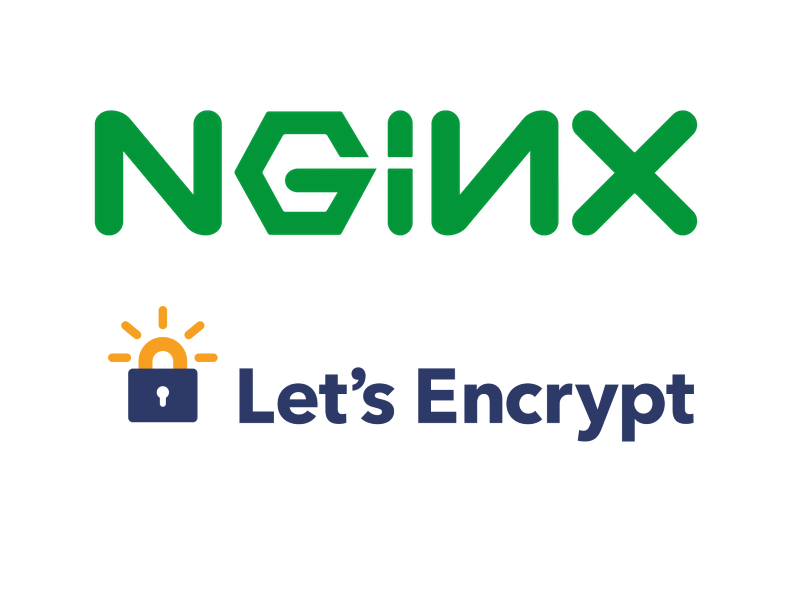Tag: letsencrypt
-

Wildcard SSL Certificate on Linode using Certbot
Are you hosting multiple websites over Linode using Nginx and want to setup Wildcard SSL Certificates using Certbot?

Are you hosting multiple websites over Linode using Nginx and want to setup Wildcard SSL Certificates using Certbot?